As you may have seen in my last post, we’ve broken down the production into its various components in order to improve efficiency. Now I’m happy to say that some packs are making their way to assembly and almost finished.
The advantage of breaking up the pack into different pieces is that each can continue regardless of whether every piece for the entire pack is available. But at the end of the day, ALL of the pieces need to be on hand in order for ANY packs to be completely finished. For the past few weeks, I’ve been focused on tracking all of the orders for each individual piece of hardware to make sure nothing is held up.
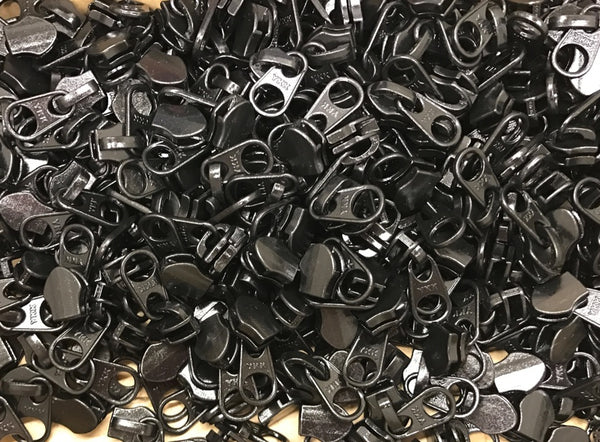
When talking to one of the material suppliers, they asked me who my Product Developer is. “What’s that?” I asked. “It’s the person who works with the factory to select the final components, manage the ordering process, and make sure all the materials are on hand.” Apparently in most companies, one person does the concept design until initial prototype and another carries it through production. I can see why these roles are divided and I have to admit I’m probably a bit better suited to the conceptual side of things… or at least that’s the part I enjoy a bit more!
That said, as I settle in to my new role as Product Developer for this project, I actually think it’s an advantage that I’m involved with every aspect until the product is out the door. There were several times when components were backordered and I had to work with the sewing house to shuffle things around to still get the part I wanted while staying on schedule. It would have been easier to just substitute a part for one that was in stock but I wasn’t willing to compromise the design. I’ve also created an extremely comprehensive spreadsheet to calculate the amount of material needed for each portion of the pack and track the orders. This “material dashboard” in Google Sheets is shared with the sewing house so they know exactly when each piece will arrive.

In order to speed up production in the long-run, I went ahead and ordered pre-cut webbing for every piece that goes into the pack. At this point it was helpful that I was doing both the concept design and production design since I could make sure the final measurements all worked well to achieve the original design intent of the bag. The saying “measure twice, cut once” is all the more true when you’re ordering 4,000 pre-cut pieces for the Minimal MOLLE!
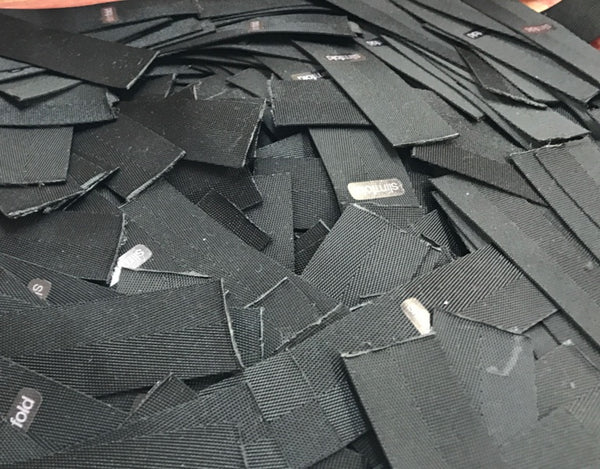
At this point, we’re beginning another slightly larger batch of bags to make sure production goes smoothly now that we’re using dies to cut everything and the webbing is pre-cut. That will also give us a time benchmark which we can use to gauge how quickly the production speed is ramping up. Hopefully we’ll start to see the benefits of prior planning and investments in tooling by seeing more bags bags be completed.
Is there another part of the design or production you’re curious to hear more about? Leave a comment below and let me know!

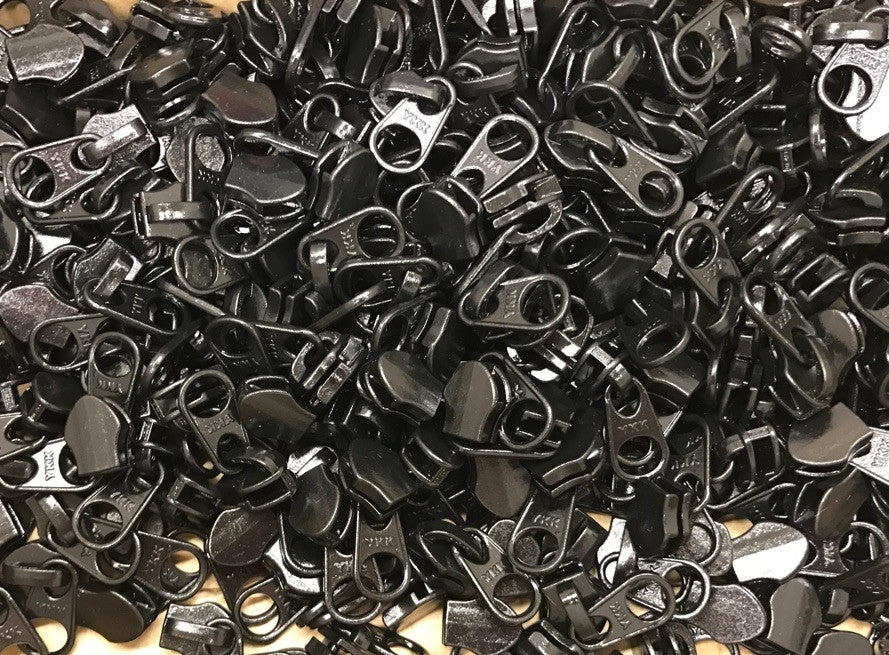
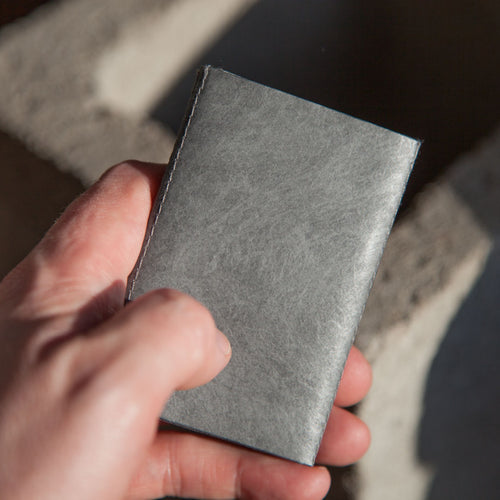
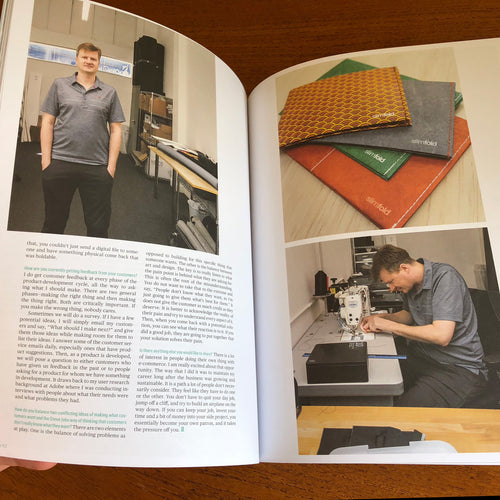
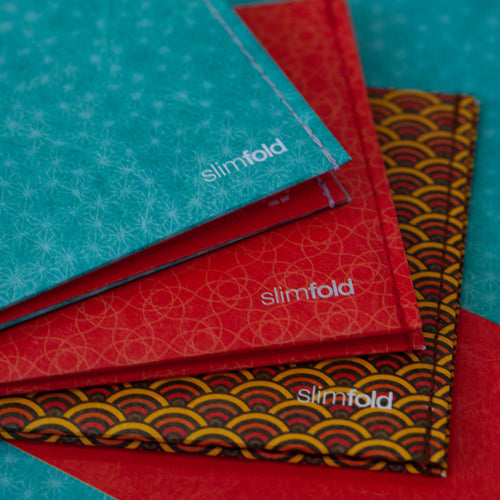
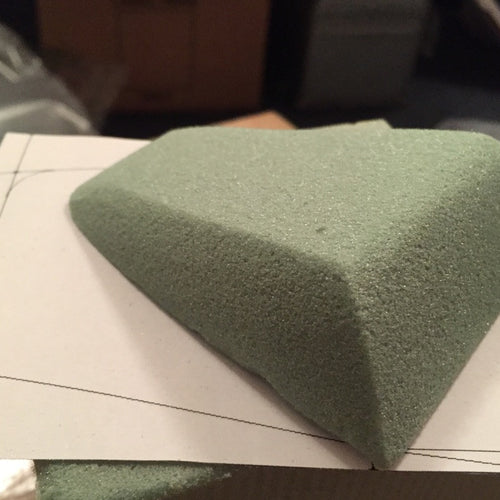
0 Comments